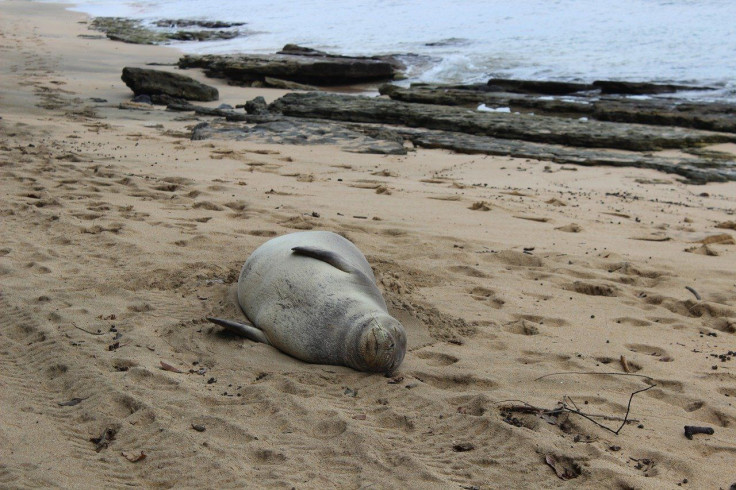Scientists Discover Breeding Site For 'World's Rarest Seal Species'
KEY POINTS
- Mediterranean monk seals are among the most threatened marine mammals
- Researchers discovered a previously unknown breeding site for the species
- The site requires "urgent" protection because of the threats to the species
The researchers of a new study discovered a new breeding site for what's known as the rarest seal species in the world, and it needs to be protected.
Mediterranean monk seals are already in danger of extinction, with their populations now at less than 700, the Marine Mammal Commission (MMC) said. Typically, the species uses open beaches to rest and breed, but they have since moved to caves because of human disturbance.
In the study, now published in Oryx, a team of researchers sought to confirm Mediterranean monk seal breeding in the caves in Northern Cyprus, where the species is known to exist. To do this, they set up camera traps in several caves in the area and watched them from November 2016 to May 2019.
During that time, they were able to confirm the presence of the species, with at least three pups being born in one of the caves, the University of Exeter news release said.
Protecting Mediterranean Monk Seals
The researchers are now working to get the newly discovered breeding caves protected. Although Cyprus has been known to be a part of the species' historical range, it is not considered to be one of the "four main regions for conservation priority and action," the researchers noted. But given their discovery, the importance of Northern Cyprus for the species became clearer.
What's more, there is also the problem of human development in the area.
"This area of coastline in [sic] being developed rapidly, especially for construction of hotels," study co-author, Dr. Robin Snape of the Exeter's Centre for Ecology and Conservation, said in the university news release. "A survey of the coast in 2007 found 39 possible breeding caves, and some of these have already been destroyed."
So far, the site they discovered does not have protection status, Snape noted. The lead of the study, Dr. Damla Beton of the Society for the Protection of Turtles (SPOT), also noted accidental catching as one of the major threats to the species.
"We are working with fishers and government ministries to ensure protection areas at sea, because at present no measures are implemented to mitigate bycatch in the core areas used by these seals," Beton said.
In places like Greece and Madeira, for instance, fishing within 3 nautical miles of pupping caves has been banned.
Surviving Species
The Mediterranean monk seal is the only member of the Monachus genus and, along with Hawaiian monk seal, comprise the two surviving monk seal species. The third monk seal species, the Caribbean monk seal, was already driven to extinction in the 20th century.
As the MMC noted, Mediterranean monk seals have long suffered from human exploitation and persecution, even going back to prehistoric times. Today, the ones that remain are few and fragmented, with the populations being "widely separated" and isolated from each other.

© Copyright IBTimes 2024. All rights reserved.





















